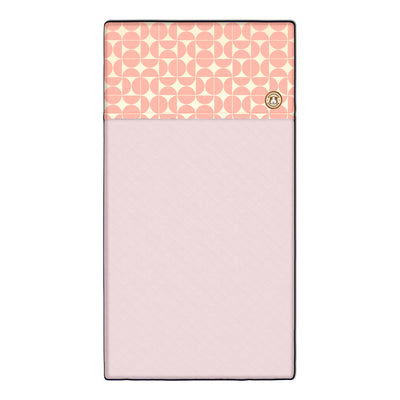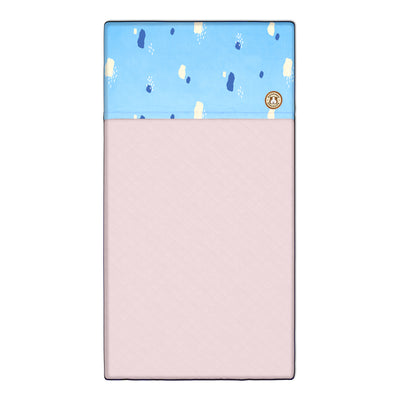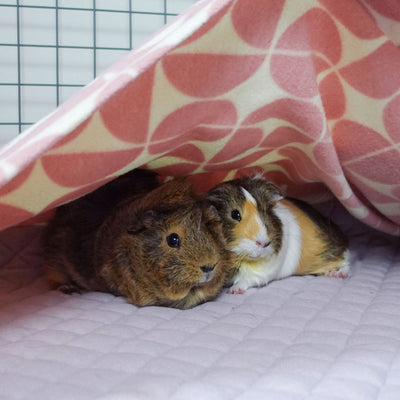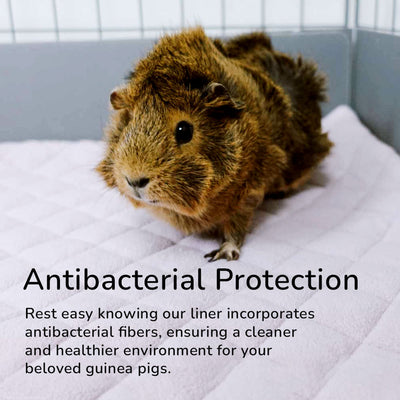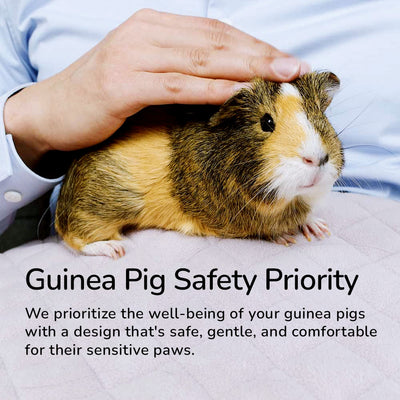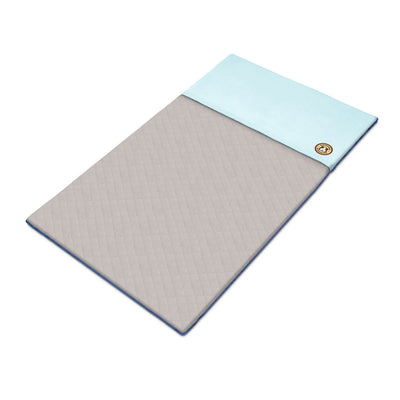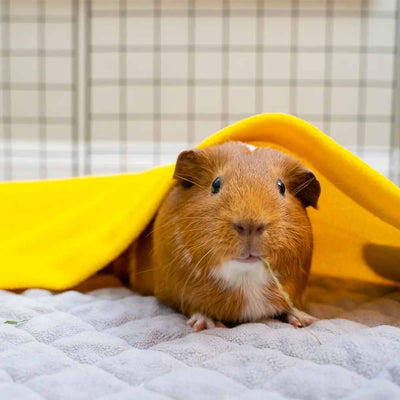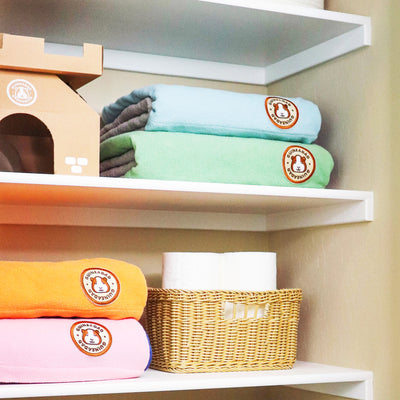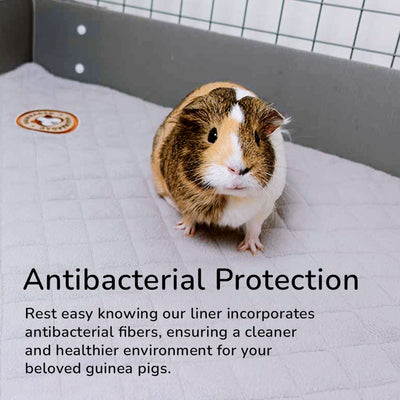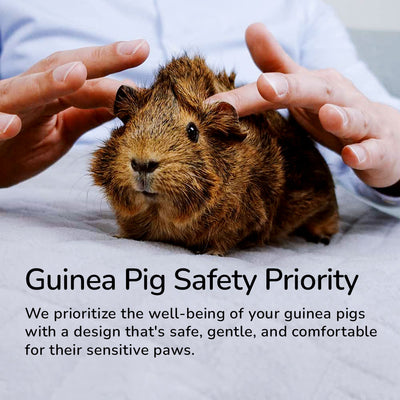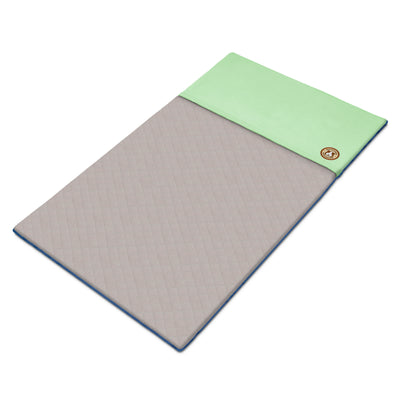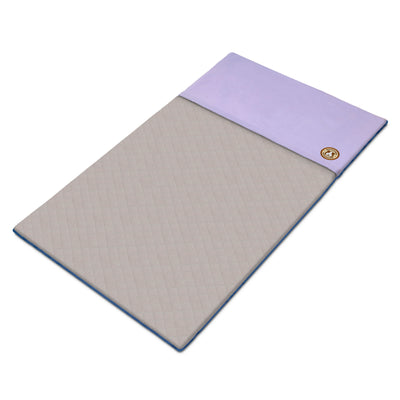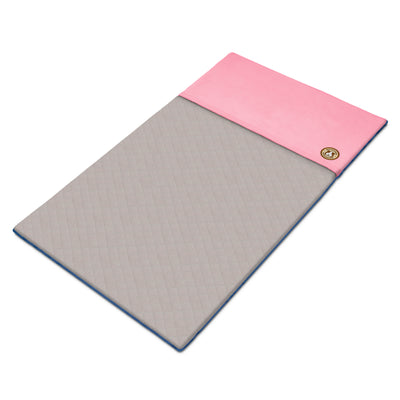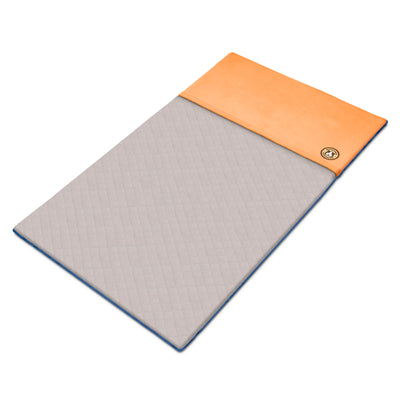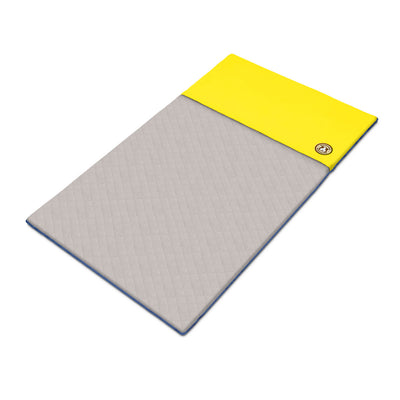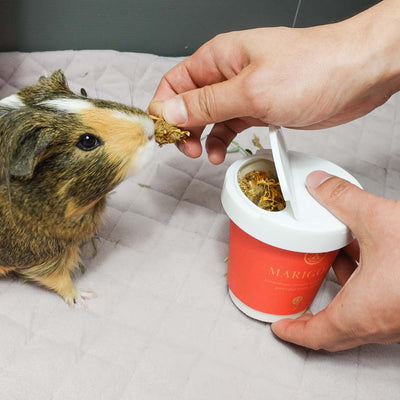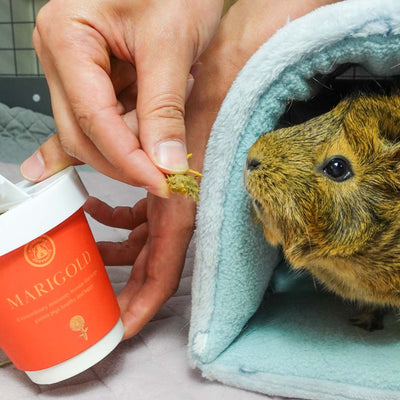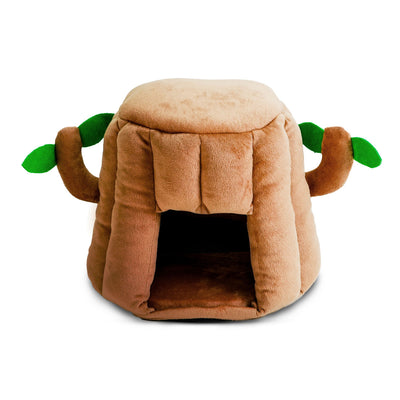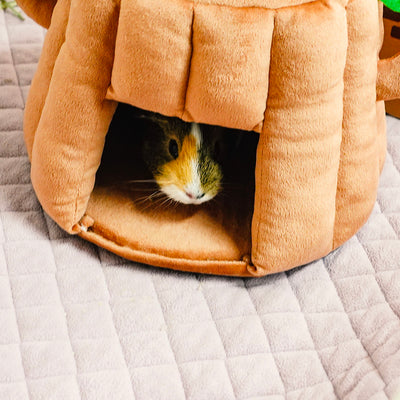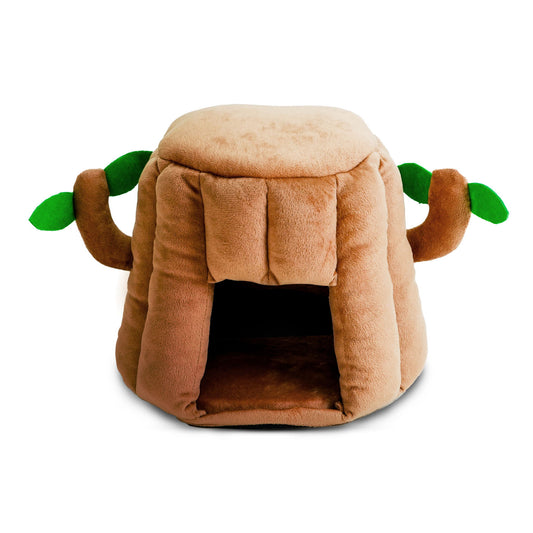Unfortunately, lice infestation, also known as pediculosis, can be pretty common in guinea pigs, and lice treatment is different from what you may think. We’ve also got a post on how guinea pigs get mites, which you can read here! Both types of infestation can be very painful for guinea pigs, so it's important to learn about them and what to do if your guinea pigs are suffering from them.
It’s important to keep an eye on your guinea pig so you can identify the signs of illness or infestation, and it’s also important to consult your veterinarian to ensure that they’re thoroughly examining your guinea pig whenever you make visits to them. If you think your guinea pig may be infested or infected with something, never go straight to seeking out over the counter treatments without getting a professional medical opinion first!
How do guinea pigs get lice?
What’s interesting about guinea pig lice is that symptoms don’t usually show up right away, and will only really make its presence known when your guinea pig is under more stress than they usually are! The stress causes the infestation to worsen, which can cause added distress and discomfort.
Lice infestation usually occurs when guinea pigs are in contact with other guinea pigs that have lice, or it can also come from infested bedding, or a combination of both.
This can be something that occurs if you’re introducing new guinea pigs to each other, especially if the new guinea pig came from living somewhere that might have a lice infestation. They can then pass them to your guinea pigs at home. This is why quarantining new guinea pigs from the ones you already have can be so important, as it prevents spread of infestation and infection.
Types of lice
There are two kinds of guinea pig lice: sucking lice and biting lice (also referred to as chewing lice). Sucking lice tend to be the ones that we should be most worried about, as there is a possibility for blood-borne diseases that can get passed from guinea pig to guinea pig, depending on how many are infested. As you can probably guess from the name, the sucking lice will suck blood from your guinea pig, which can lead to blood loss and anemia. Biting lice, also known as chewing lice are less cause for concern because they don’t cause as much long-term damage as sucking lice.
Symptoms of lice in guinea pigs
Lice and their eggs are visible on the skin and hair of guinea pigs that are infested by examining with a magnifying glass.
As expected, guinea pigs can experience intense itching from lice infestation, which will inevitably lead to skin irritation and lesions. Your guinea pigs may also experience some weakness due to anemia caused by the blood loss that comes from lice infestation.
Skin inflammation is another symptom that can be a sign of lice, and it’s most noticeable on the skin around the neck and ears! Because of the itching that your guinea pigs will experience, your guinea pig will become more restless than they were before, especially if they’re not getting relief.
How do you diagnose your guinea pig with lice?
As mentioned before, you should be able to see lice on your guinea pig using a regular magnifying glass that is meant for lice detection, which can be found at most pharmacies! The first place that you should look at would be around their neck and ears, which are the spots that lice like to show up the most.
If you’re able to spot the lice, your next step would be to consult your veterinarian to be sure, and to get recommendations for treatment! It’s important that you don’t simply diagnose your guinea pigs with infections or things similar and then go straight to finding over-the-counter treatments and administering them to your guinea pig. Exotic veterinarians have experience working with guinea pigs and the different things that afflict them, so it’s important that you consult them first!

How to treat guinea pigs with lice
The treatment that your guinea pigs need for their lice will depend on the kind that they are infested with! Generally, lice infestation is treated with topical medication and parasiticides. In some cases, there may be options where you can administer the treatment orally.
Consulting with your veterinarian is the best way to find the correct way to treat your guinea pig and help ease their discomfort due to the lice infestation. If anemia is one of the things your guinea pig suffers from due to the lice, this will also need to be treated as anemia can render your piggy weak, which will affect their level of activity and even their ability to eat.
Make sure not to use human lice treatments on your guinea pig because they can be too strong and harm your guinea pig instead. It’s also important to note that there are different types of lice depending on the animal that is infested. This means there is a separate kind of lice that humans get, a separate kind of lice that rabbits get, a separate lice that guinea pigs get, etc.
How to prevent lice re-infestation
The best way to prevent your guinea pigs from getting lice again is to make sure that their living environment is clean and stays clean. Replace any old bedding with fresh, clean bedding, especially if you’re using paper shreds or wood shavings. If you’re using fleece bedding, air-seal your liner in a large Ziploc-type bag and place it into your freezer for a minimum of 48-72 hours. After this, you should clean it in your washing machine as usual.
Generally, fleece bedding is the best bedding choice because it can be washed and disinfected easily. If you’re looking for the best fleece bedding, the GuineaDad Premium Liner and GuineaDad Liner are the best choices for the job. Both are made of fibers that are coated in antibacterial agents that prevent bacterial growth, and prevent bacteria from lingering.
They’re easy to clean and disinfect, and easy to spot clean for a constantly sanitary environment. The Premium Liner utilizes our AirCell™ technology, which is a pocket of air inside the liner that allows for airflow and in turn makes the liner dry faster, meaning that whether it’s in use or drying after being washed, your guinea pig will be comfortable and cleaner faster!
Prevention is key!
Make sure when introducing new guinea pigs into your home, you’re following the proper quarantining period that is recommended in this blog. This is key to keeping all your guinea pigs safe and healthy, whether they’re new or old residents of your home.
It’s important that you keep an eye on your guinea pigs and look for changes in their behavior and their bodies to ensure that if there’s any medical issues they may be suffering from, you’re able to catch them quickly and get them treatment as soon as possible.
